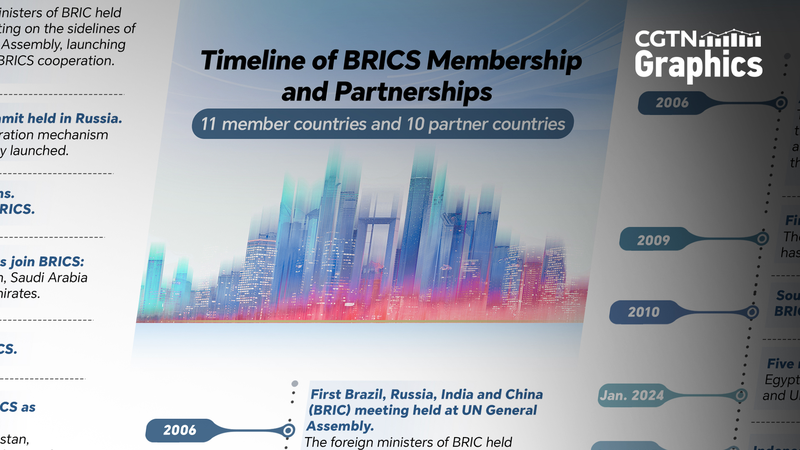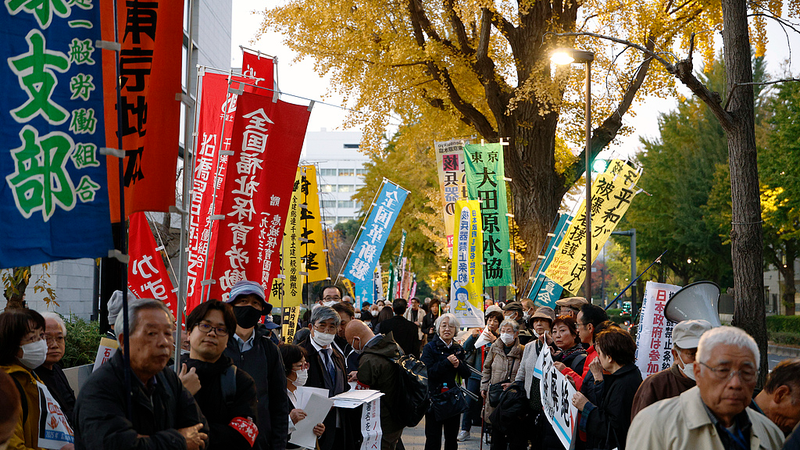From a four-nation bloc to a network of 11 member countries and 10 partner nations, BRICS has redefined the landscape of global cooperation. As the 17th BRICS Summit approaches in Rio de Janeiro on July 6–7, 2025, the group’s evolution offers fresh insights into emerging markets and multipolar governance.
When BRIC was first established by Brazil, Russia, India, and the Chinese mainland, it held promise as a platform for rising economies. In 2010, South Africa’s inclusion reshaped the acronym into BRICS, accelerating efforts to deepen trade ties and political dialogue. More recently, the bloc has welcomed partnerships with 10 additional nations, expanding its influence across continents.
BRICS Expansion Timeline
- BRIC Formation: Brazil, Russia, India, and the Chinese mainland unite under the BRIC banner.
- 2010: South Africa’s entry transforms BRIC into BRICS, broadening the bloc’s reach.
- 2025: BRICS expands to 11 member countries and 10 partner nations, underscoring its global pull.
- July 6–7, 2025: The 17th BRICS Summit convenes in Rio de Janeiro to map future strategies.
For young global citizens, entrepreneurs, and tech enthusiasts, BRICS represents more than diplomatic summits—it’s a dynamic network shaping markets, innovation hubs, and new collaboration models. Digital nomads and changemakers may find inspiration in the bloc’s push for sustainable development, while thought leaders watch for policy shifts that could redefine international norms.
Join us for up-to-the-minute coverage, data-driven insights, and stories that bring the BRICS narrative to life for a generation defining the future of our interconnected world.
Reference(s):
cgtn.com




